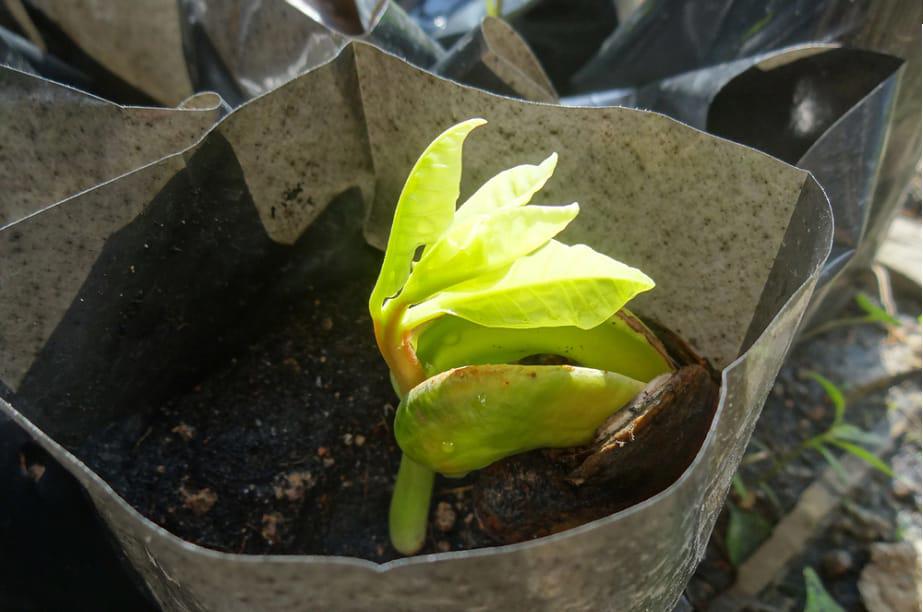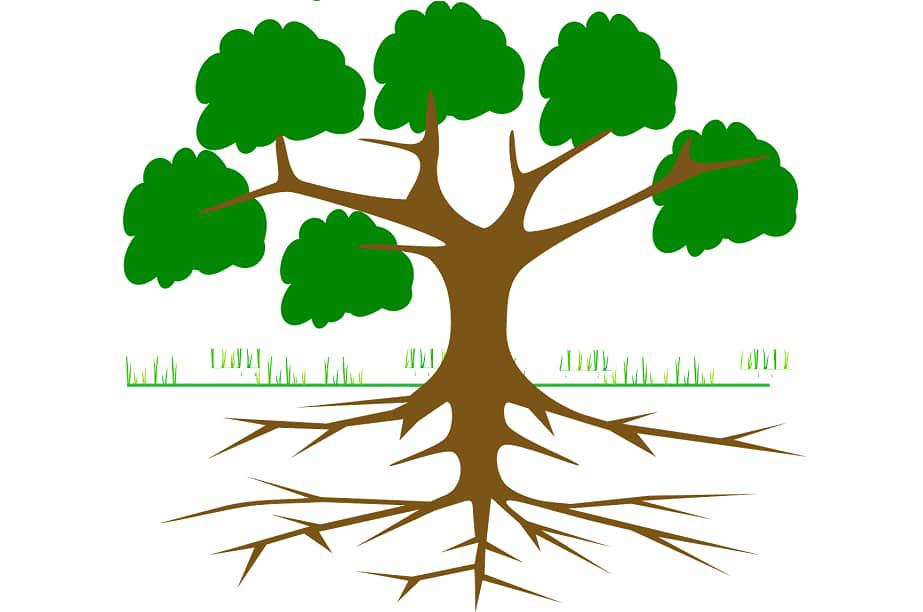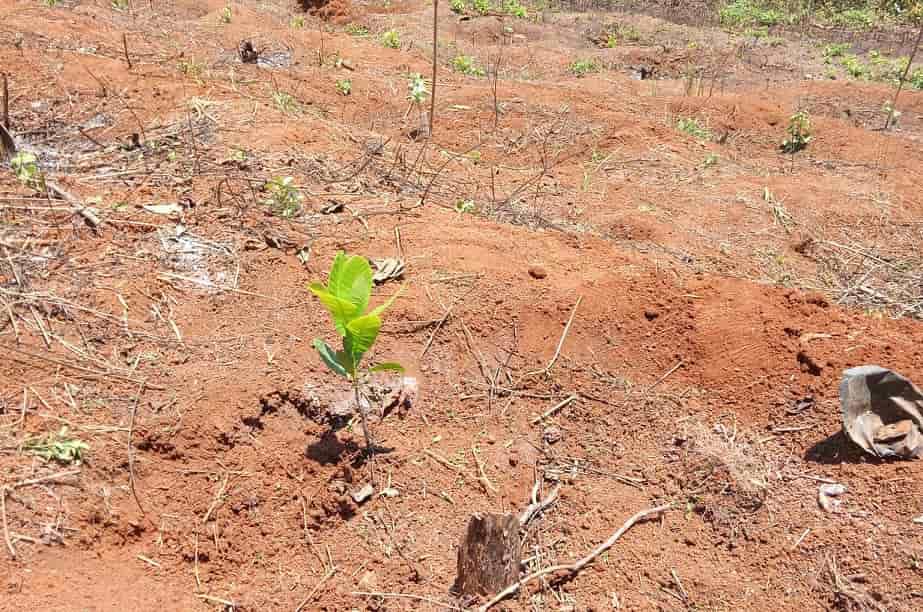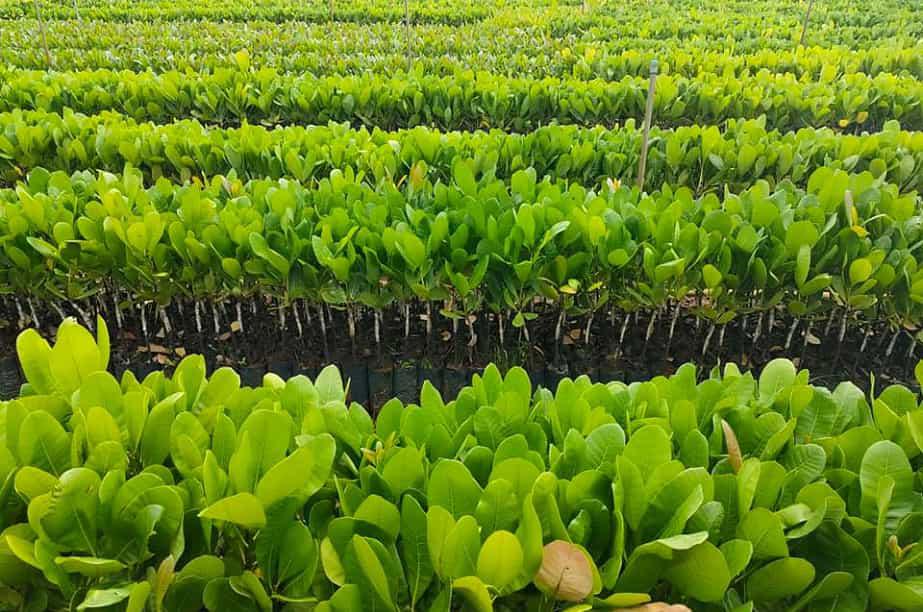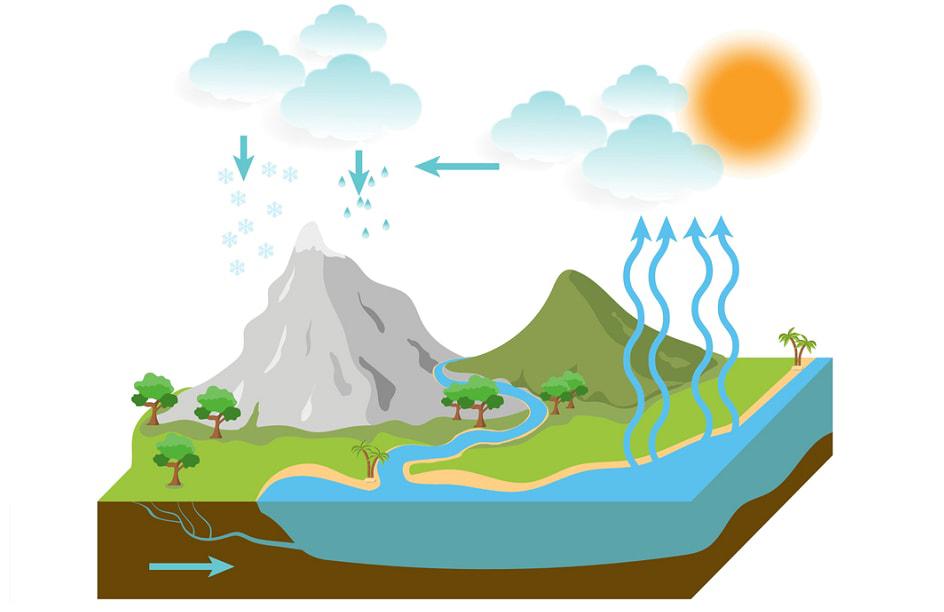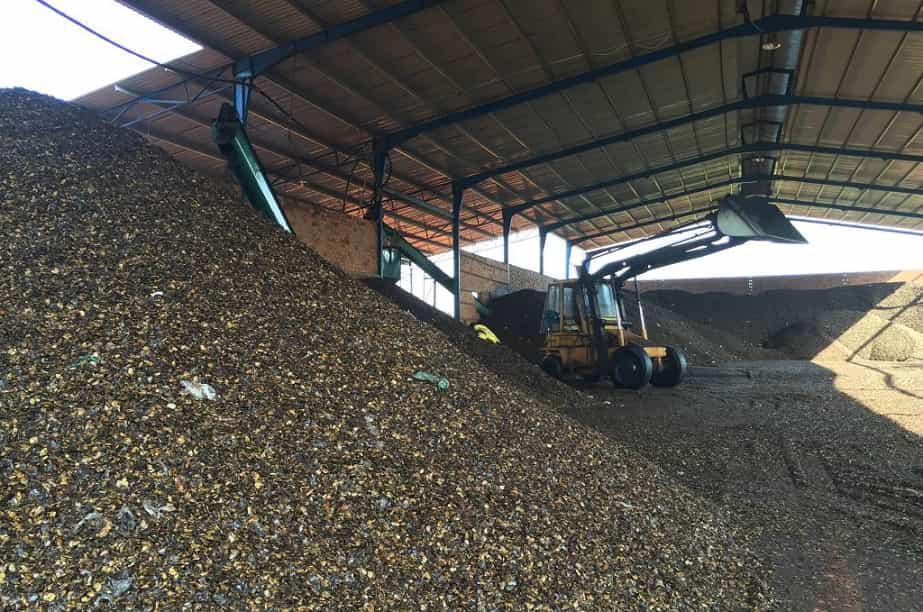The cashew tree is a tropical evergreen tree (green all year round). Its common botanical traits are described as follows:
- Trunk:
The cashew tree is a woody tree, growing to between 8 and up to 12 meters tall, with a canopy diameter of 10-12 meters. In excellent soil and climate conditions, it can grow up to 20 meters high. The characteristics of the cashew tree trunk are broad branches and multiple canopy, with a large number of primary and secondary branches. The trunk often branches early, the branches can be put out close to the ground. Kumaran et al. (1976) stated that for a 4-year-old cashew tree, the number of primary branches varies from 9 to 30 and the number of secondary branches varies from 246 to 412. According to Lima (1954) and Tavares (1959), cashew wood is relatively soft, light (gravity, 0.5). In places with a lot of sunlight, cashew branches can form an umbrella-shaped canopy with a diameter of 12 to 15 meters.
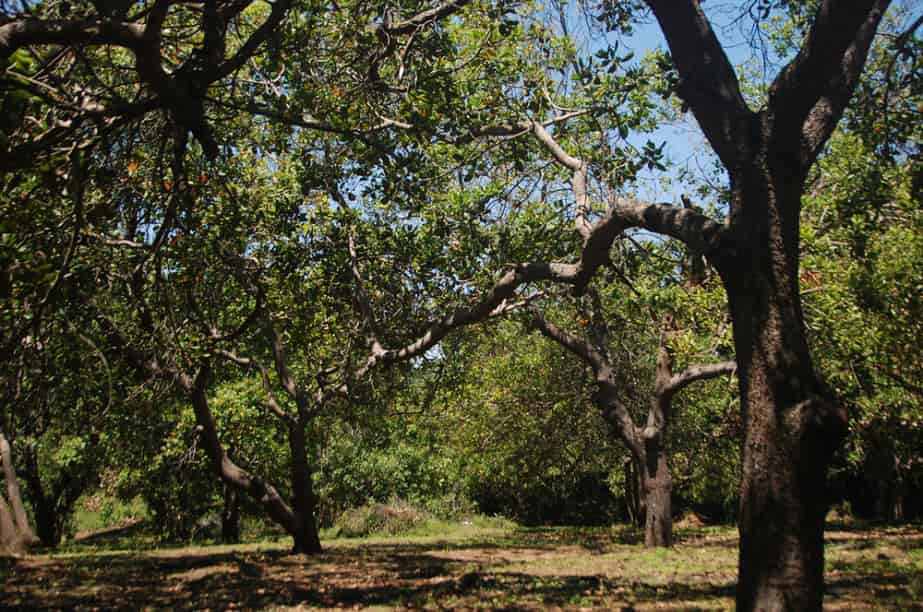
Fig.1 - Cashew garden with 12-year-old trees
- Root:
The cashew tree has an outstanding feature: the root system consists of tap roots and lateral roots. In dry lands and low groundwater levels, tap roots can spread very deep to absorb water. It can spread over an area of 5 m vertically from the soil surface and 6 m laterally from the tree basin. The lateral root system spreads extensive, the diameter can be twice the diameter of the canopy. Several nutrients for cashew trees can be absorbed by feeding lateral roots. Because the root system is well-developed, the cashew tree can bear flowers and fruits during the 5-6-month-long dry season.
|
The years of cashew tree |
Root |
Cashew tree |
|||
|
Depth (m) |
Spread (m) |
Circumference of trunk (m) |
Height (m) |
Average radius of canopy (m) |
|
|
1.5 |
1 |
1.2 |
0.229 |
2 |
- |
|
2.5 |
2 |
4.6 |
0.432 |
2 |
- |
|
3.5 |
2.3 |
5.6 |
1 |
4.6 |
3.3 |
|
4.5 |
5 |
- |
- |
- |
- |
|
6 |
- |
7.3 |
1 |
6.4 |
3.9 |
Source: Tsakiris A. and Northwood P.J.A. (1967)
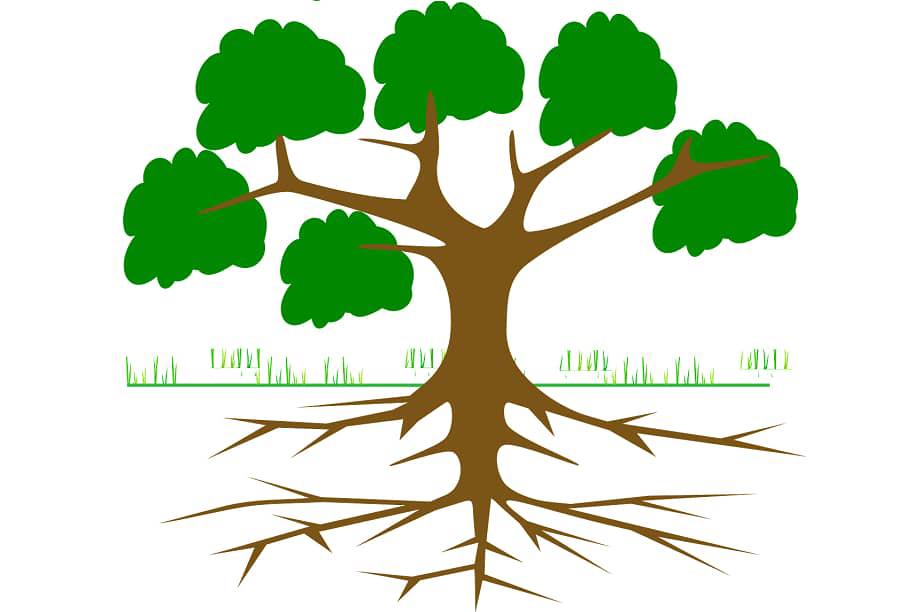
Fig.2 - Description of root system
- Leaves:
Cashew leaves are usually arranged at the tip. There are various types such as single, whole, alternate, vascular-veined leaves. The leaves are blunt or cone-shaped, slightly rounded or slightly concave at the end, and smooth at the top surface. Young leaves are light green or red which gradually turns to dark green when mature. According to Johnson (1973) and Kumaran et al. (1976), the leaf length varies from 6 to 24 cm and the width from 4 to 15 cm. The petioles are 1-2 cm long. Under favorable growing conditions, the foliage can grow very widely.
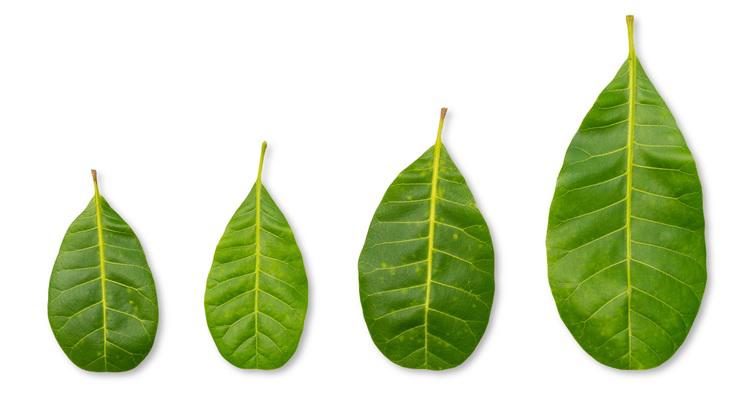
Fig.3 - Morphology of cashew leaf
- Flowers:
Cashew trees flower at the end of the rainy season and prepare to move into the dry season (from November to February). Both their staminate and hermaphrodite flowers bloom at the same time. Damodaran et al. (1966) stated that cashew flowers usually bloom at the tip and in panicle-shaped inflorescences. The average length of the panicle varies from 14-21 cm. Each flower panicle consists of 200-1600 flowers. Pavithran và Ravindranathan (1974) indicated that the mean duration of flowering is about 85.2 days through 3 distinct phases: the first male phase lasts 2.4 days, with up to 19-100 percent male flowers, the mixed phase lasting 69.4 days with 0-60 percent male flowers and 0-20 per cent bisexual flowers, and the second male phase lasting 13 days with 0-6.7 percent male flowers. In general, the cashew bears more male flowers (about 96%-Ras and Hassan, 1957) than bisexual flowers (only 0.45-24.9%-Damodaran et al.1965). According to Bigger (1960), The mean ratio is one bisexual flower to 6 staminate flowers (1:6) and only 5 to 10.2% of bisexual flowers have normal ovaries. The corolla has 5 equal petals. Stamens are straight, of which only one or two large stamens are fertile, while the other stamens are sterile. The pistil is a single-celled ovary. In male flowers, the pistil remains in a rudimental state and is sterile, while in hermaphrodite flowers, the pistil normally exceeds the main stamen in length. Large male stamens are often lower than the stigma, so pollination is limited.
Cashew flowers start opening early in the morning, complete the anthesis generally in the forenoon by noon and usually only 5 to 6 flowers bloom a day in an inflorescence. The self-pollination process of cashew flowers takes place thanks to insects and wind. Cashew flowers have a relatively high proportion of self-pollination during hot hours of the day. Cashew flowers have the disadvantage of being very sensitive to wind and rain. Thus, heavy winds or unseasonal rains have a great impact on the flowering and pollination process of cashew flowers.
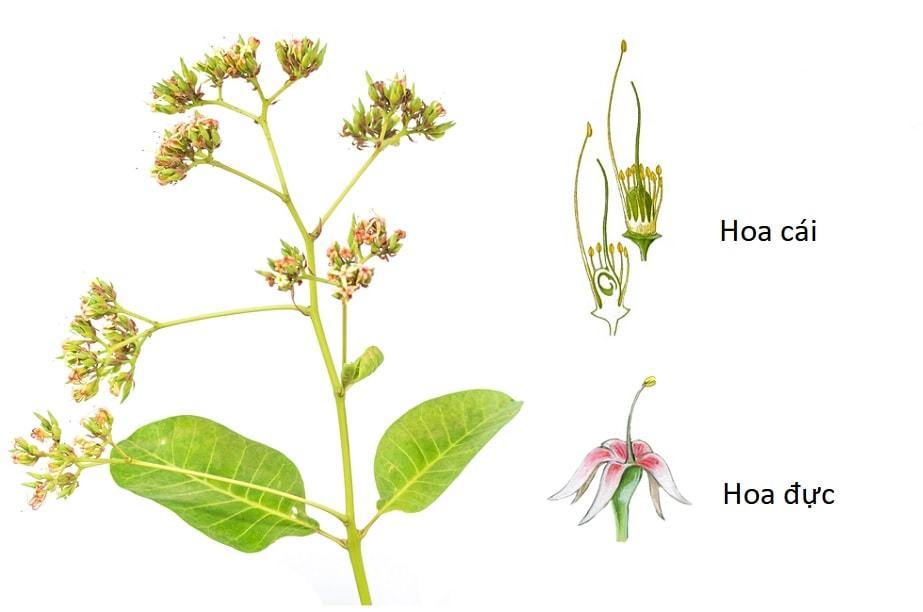
Fig.4 - Morphology of cashew flower
Regarding morphology, cashew flowers have the following basic features:
- The corolla has 5 equal petals.
- The calyx has sepals 3-4 mm long, bright green on the outside, yellowish-green on the inside and highly pubescent.
- The corolla has lanceolate shaped petals, covered with pubescent on both surfaces, linear 1-1.5 cm long, 0.1- 0.15 cm wide, yellowish-white in color with stripes ranging from pink to violet.
According to Ascenso Crespo J. (1972), the anthers are spherical, red and longitudinally fissured while the stamens are vertical. There are 8-11 stamens. They are arranged in 2 round shapes and divided into 2 types based on their length.
+ 1 to 2 large stamens, the average length of male flowers is 6 mm and 8 mm (bisexual flowers).
+ 7 to 10 small stamens, the average length of male flowers is 3 mm and 5 mm (bisexual flowers).
It is still unclear why in each type of flower there is only one large viable stamen and all are sterile.
- The pistils consist of ovary, style and stigma, about 1 cm long and end in a simple stigma.
In male flowers, the pistil is flattened, while in bisexual flowers it grows fatter. Large stamens are usually shorter than pistils, very rarely are they equal or longer - then pollination will be easier and the likelihood of pollination will be higher.
Pollination and fruit set
Cashew flowers bloom gradually, on average in the inflorescence there are 5-6 flowers blooming each day. Blooming is closely linked to environmental temperature. During the hottest hours of the day, flowers bloom faster and have a higher chance of self-pollination. Cashew flowers are very susceptible to heavy rain. Rainfall during the bloom period has been reported to affect the blooming and pollination significantly. In general, flowers start opening early in the morning and complete the anthesis generally in the forenoon. Ras and Hassan (1957) and Damodaran et al. (1966) stated that in India, flowers open between 9 am and 2 pm with a peak opening between 9 am and 11 pm, staminate flowers open earlier than bisexual flowers. In Tanzania, flowers open between 6 am to 6 pm with a peak opening between 11:30 am and 12:30 am (Northwood, 1966).
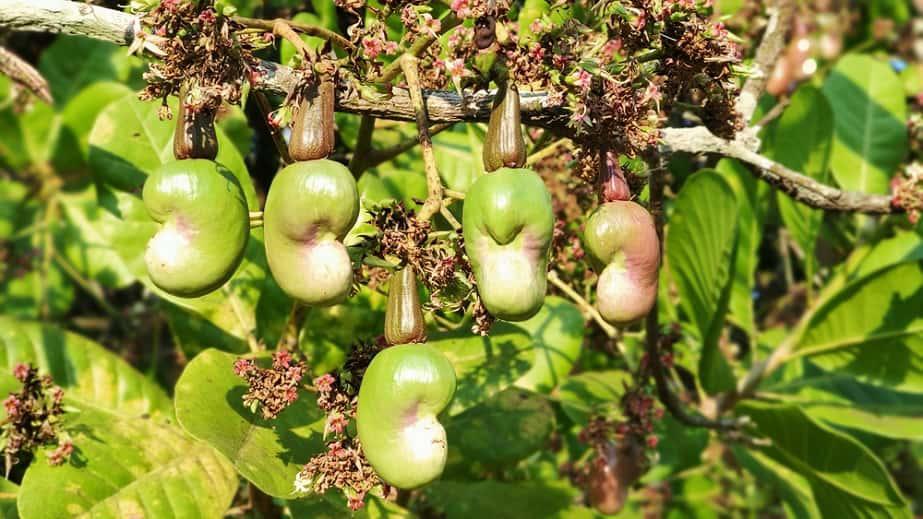
Fig.5 - Cashew flowers turn into young fruits
The stigma is receptive for 24 hr before anthesis and continues to be so, for about 48 hr after anthesis. Pollen grain viability can be prolonged to ~ 48 hours. Because pollen grains have nodules on the outside surfaces, they easily adhere firmly to the holes in the anthers, preventing the pollen grains from being blown out by the wind. During the bloom period, cashew flowers emit a fragrance that attracts insects such as flies, bees, ants, etc. Through the support of insects and wind, pollination of cashew trees is indirectly achieved (Smith, 1958). However, according to Rao (1974), natural pollination is not enough. 55% of flowers set fruit through hand pollination. Kumaran et al. (1976) showed that 61.3% of flowers set fruit through cross-pollination. Immediately after being pollinated, the cashew flower undergoes changes: the ovule changes into a nut (kernel), the ovary turns into a shell that surrounds to protect the nut. Cashew nuts are originally formed from the kernel and shell of the true fruit. The stalk and end swell and develop into a false fruit known as a cashew apple. According to Rao and colleagues (1962), this transformation process occurs over time as follows: cashew nuts reach maximum size in 30 days, harden in the next 10 days and reduce size by 10% at harvest (ripe nuts). Thommson (1969) also found that when the kernel (embryo) and nut shell reach their maximum size, the nut is still green. From the 5th week onwards, when the nuts have stopped growing in size, the stalks begin to swell and grow quickly beyond the nuts’ size, forming a cashew fruit and fully ripening in about 60 days.
The stages of formation and development of cashew nuts and fruit are summarized as below table:
|
Cashew apple |
Time |
Cashew nut |
|
|
Progressive |
Perioral |
||
|
Pollination |
0 |
0 |
Pollination |
|
Form and growth |
5 |
5 |
Be visible with the naked eye |
|
Form and growth |
20 |
15 |
Pink turned into green (soft consistency) |
|
Form and growth |
35 |
15 |
Comprehensive growth of nuts in flower base |
|
Form and growth |
40 |
5 |
Maximum growth (soft consistency) |
|
Sizes (same with nuts) |
45 |
||
|
Maximum growth |
60 |
20 |
Maximum growth (hard consistency) |
|
Completely ripe |
65 |
5 |
|
Thus, the result of the transformation is to create a true fruit (nut) and a false fruit (cashew apple). Looking from the outside, people get the feeling the false fruit is the fruit of the cashew tree whose nuts are completely exposed. That's why it is called "anacard". Therefore, to avoid confusion, "cashew apple" includes cashew fruit and cashew nuts.
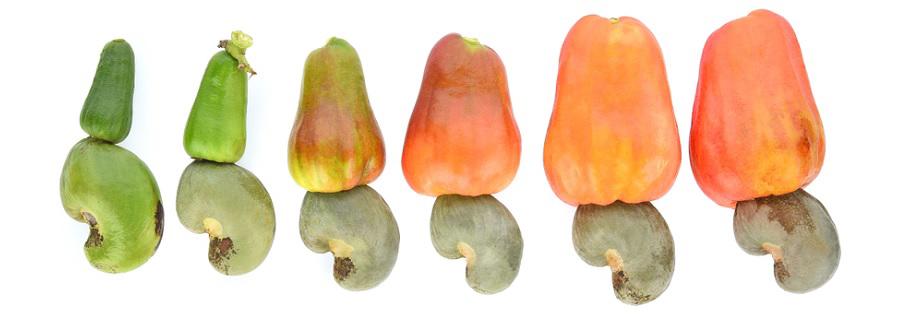
Fig.6 - Different stages of development of cashew nuts and fruit
According to a study on fruit set and young fruit drop in cashew trees, under normal conditions, only 7.97% to 26.59% of bisexual flowers set fruit, a high percentage of these flowers remain un-pollinated depending on the tree. Of the set fruit, 34.05% to 84.5% of the immature fruit are mostly dropped in the early stages of the development, the remaining fruit on the tree only accounts for an average of 37.83% (Nawale. R. N., Salvi M.J., Limage V.P. , 1983). Immature fruit drop during the early stages of development is mainly due to physiological reasons (Northwood, 1996), apart from attack by insect-pests (Pillai, 1975).
Fruit setting as well as blooming are very unusual, there are both flowers and fruits at different stages of development on the same tree. Once fully ripe, the cashew fruit and seeds are still stuck together, leave the tree and fall to the ground. Under dry weather, the seeds can stay in the ground for 1 or 2 days without any damage.
- Fruit:
After the process of pollination, the ovule in the flower gradually develops and blooms into a nut (kernel) while the bulb will gradually form a nutshell. The special thing is that the cashew kernel and shell are the true fruit, while the stalk and flower base develop into false fruit.
After about 30 days of pollination, the seeds develop and reach their maximum size. From the 5th week onwards, when the seeds stop growing in size, the flower stalks begin to swell quickly, beyond the seeds in size and form a perfect cashew fruit within 60 days. Looking from the outside, people get the feeling the false fruit is the fruit of the cashew tree whose nuts are completely exposed. Thus, cashew apples are often called "anacard" by Vietnamese people.
Cashew nuts have very different shapes, weights, colors and sizes depending on varieties and living conditions. In terms of shape, cashew nuts can be pear-shaped or cylindrical, conical or even diamond-shaped. The color varies from light yellow to bright red, with green spots on the surface. Fruit length varies from 3 to 20 cm, width from 3 to 12 cm. Weight from 30 - 150 g, especially up to 500 g.
Under normal conditions, only 8 - 26% of bisexual flowers set fruit depending on the tree and external conditions. However, 34 - 84% of the set fruits will fall prematurely until eventually only an average of 30 - 40% of the set fruits will remain on the tree. The rate of fruit loss depends on varietal characteristics, weather, nutrition and pests.
The cashew tree is characterized by a long flowering and fruiting time, leading to a longer harvest season. That is why it is very common to have both flowers and fruits at different stages of development on the same tree. When ripe, the cashew nut and fruit are still attached to each other and will fall off after a certain period of time. When they fall to the ground, the cashew nuts will usually be less damaged after a few days.
- Nuts:
Cashew nuts are kidney-shaped, bottle-green while young and gray-white when mature. Seeds have an average length of 2.5 - 3.5 cm, about 2 cm wide and 1 - 1.5 cm thick, weighing 5 - 9 grams.
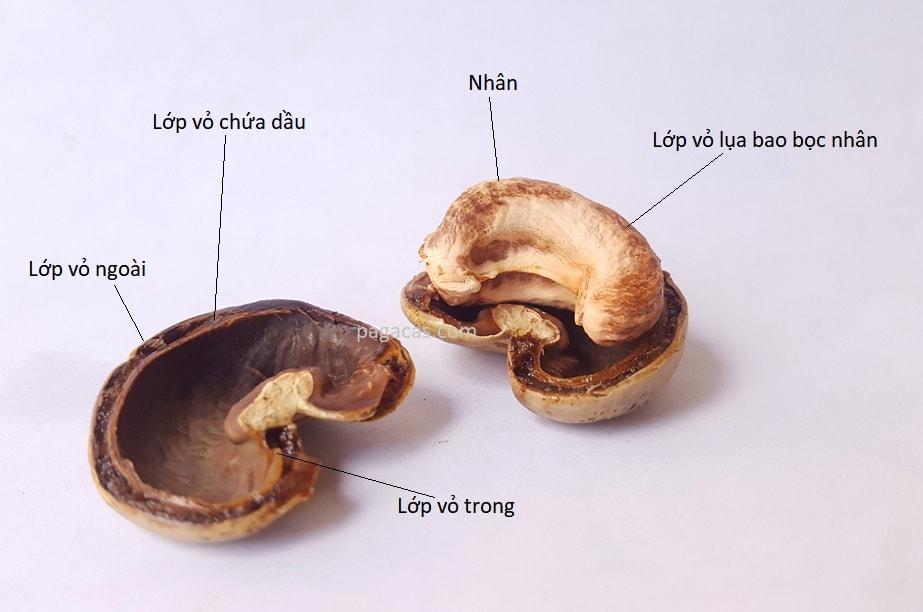
Fig. 6 - Structure of cashew nuts
Table - Physical characteristics of cashew nuts produced in different regions:
|
Region |
Length (mm) |
Width (mm) |
Thickness (mm) |
Weigh (g) |
|
Braxin (1) |
30.7 - 42.8 |
22.6 - 32 |
16.7 - 25.5 |
5.83 - 15.28 |
|
Benin (2) |
28.6 |
22 |
11.5 - 15.6 |
4.85 |
|
Ivory Coast |
27.7 |
21.6 |
11.7 - 15.6 |
4.56 |
|
Senegal (2) |
26.6 |
21.4 |
12 - 16.1 |
4.42 |
|
Guinea Bissau (2) |
29.4 |
21.9 |
10.3 - 15.4 |
5.09 |
|
Mozambique (3) |
27.2 |
21.1 |
10.4 - 15.8 |
4.63 |
|
Tanzania (4) |
28 |
17.9 |
15.3 |
4.82 |
|
Philippines (5) |
29.8 - 33 |
21 - 21.4 |
16.8 - 17 |
6.02 |
|
Vietnam (6) |
26 - 31 |
20 - 23 |
12 - 17 |
- |
(1) I.A.O Samples from The Pacajus Experimental Station (Ceara)
(2) Fuentas Marcano G. (1966)
(3) Oliveira J.S. (1966) - Castanha de caju da Guiné Portuguesa, Garcia de Orta, vol 14, n.4, Lisbon.
(4) I.A.O Giuliani - Agnoloni (1975), Samples from S.p.A, Bologna.
(5) Morada E.K. (1941).
(6) Hoang Chuong - Cao Vinh Hai.
In terms of structure, cashew nuts consist of two main parts: the shell and the kernel. Cashew shell consists of 3 layers. The outermost layer is usually very hard (about 2-3 mm thick), smooth, tough, gray or gray-brown. The middle layer is the thickest, spongy, honeycomb structure containing a plastic, viscous, reddish-brown liquid. When exposed to air, this liquid quickly darkens and this liquid is called cashew nut shell oil (also known as CNSL - Cashew nut Shell liquid) - acts as a natural agent to protect cashew nuts from insects. The innermost layer is as hard as rock. The kernel is formed by 2 cotyledons and is covered by a layer of reddish brown testa skin. The kernel is edible and kidney-shaped with high lipid (over 40% by weight) and protein (about 20%) content. The nutritional composition of cashew nuts is as follows:
- Kernel: 10-25%
- Testa: 2-5%
- CNSL: 18-23%
- Shell: 45-50%
One ton of nuts produces an average of 220 kg of cashew kernels and 80 - 200 kg of CNSL depending on whether or not solvents are used to extract the shell oil. Cashew fruits vary in shape, size, weight and color. Length can vary from 3 to 18 or 20 cm, width from 3 to 10 or 12 cm. Cashew fruits have irregular shapes that can be cylindrical, pear-shaped, truncated cone, or diamond-shaped. The color of the fruit varies from light yellow to canary yellow, from bright red to dark red with green spots on the surface. The color of ripe fruit is never uniform. The fruit weighs from 30 to 150g, with some individuals weighing up to 500g.
REFERENCES:
Chinh M. N. & Nghia D. N. Planting - Care and pest control of cashew trees. Agriculture Publishing House.
Thanh D. P. Cashew nuts - Production and Processing. (2003)





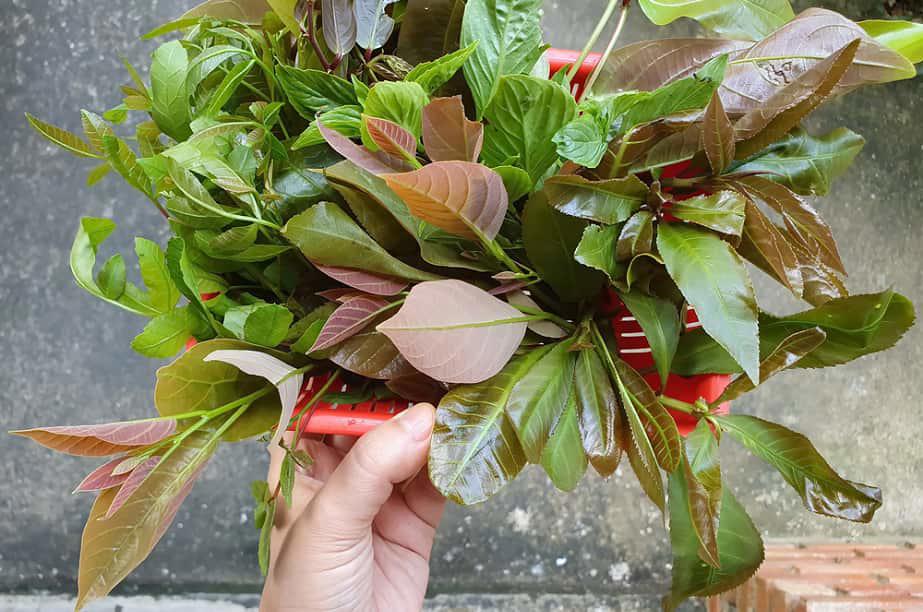



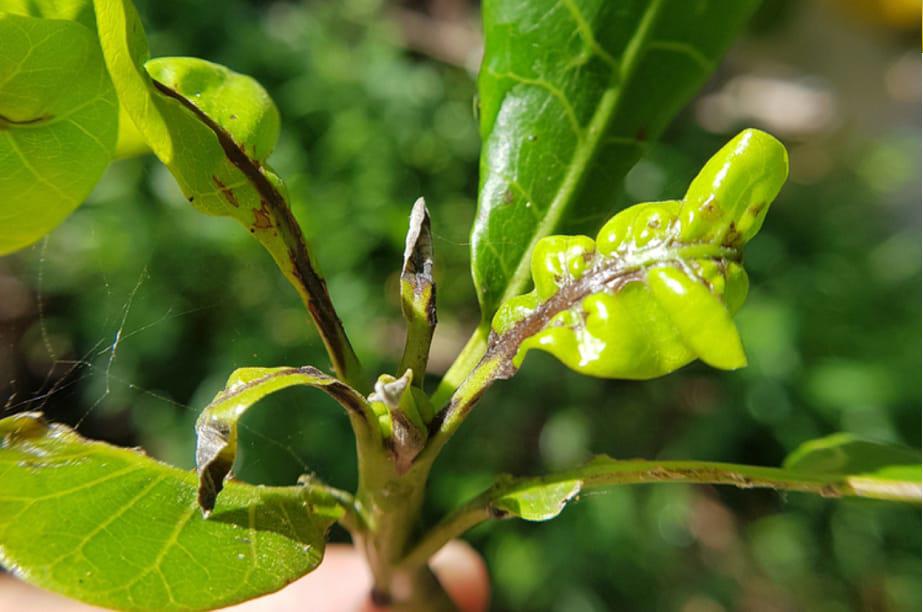
-1.jpg)
